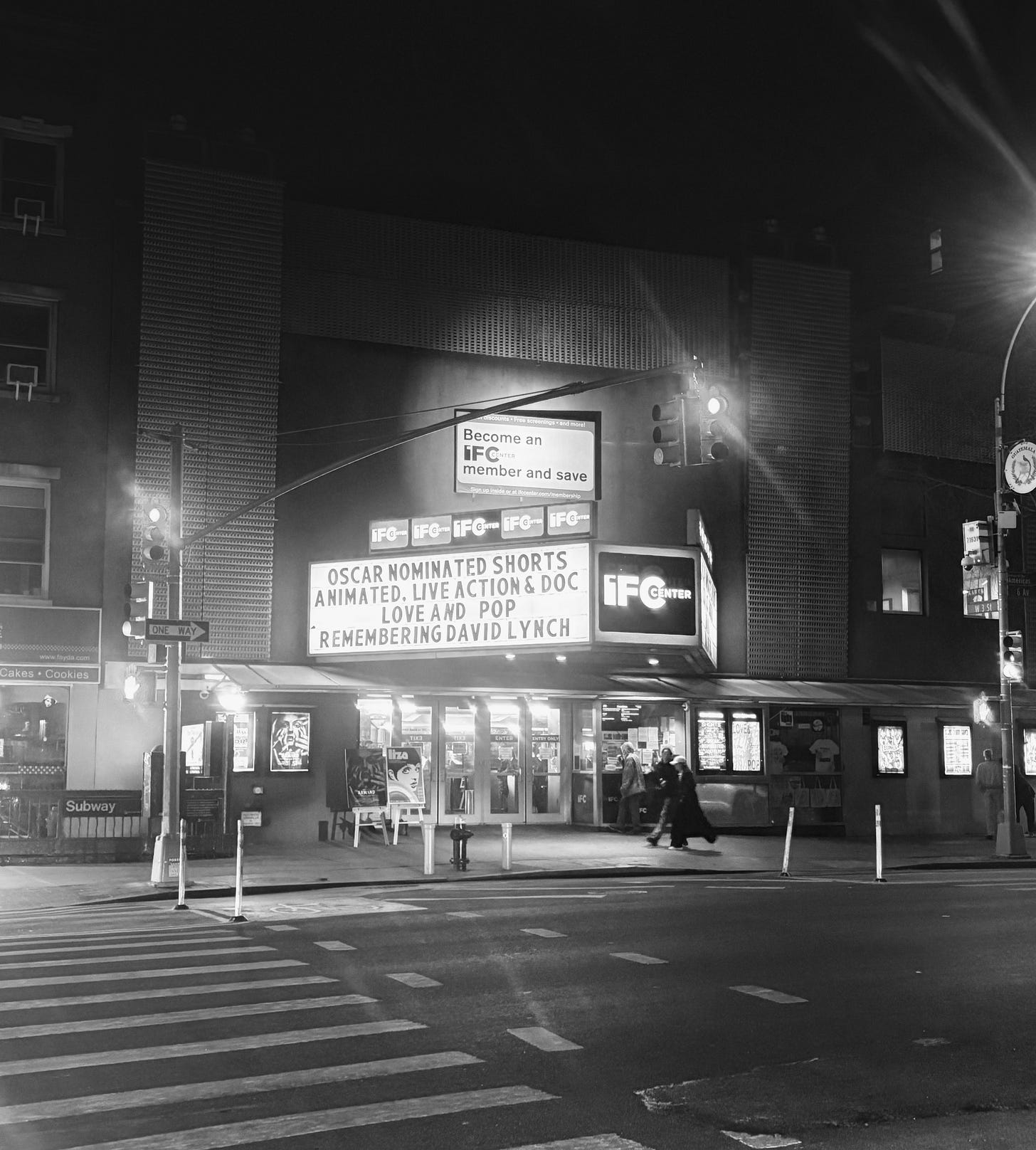Long Live Independent Film!
The Soul of Cinema: Why Independent Film Must Be Protected and Celebrated
“Long live independent film!” is what Sean Baker, writer and director of the film Anora, which swept Sunday night’s Academy Awards, proclaimed at the end of his speech after winning the award for best picture. Anora is a film about the son of a Russian oligarch who finds himself in a romantic entanglement with Anora, a young sex worker from Brighton Beach, Brooklyn. The independent film had a budget of just 6 million dollars, which sure seems like a lot but is considered remarkably low in the massive feature film industry. Anora and its 6 million-dollar budget went up against a few major motion pictures this year, such as Wicked ($145 million), Dune: Part Two ($190 million), and A Complete Unknown ($70 million), and managed to come out on top at the biggest night of awards season. That’s what’s remarkable about the power of independent cinema: filmmakers are able to create these beautiful, exceptionally well-made films that reach the pinnacles of critical acclaim, on the same pillar as movies with more than twice their budget.
So what qualifies a film as “independent” anyways? A film categorized as independent means that it was not produced within the major film studio system made up of massive conglomerates such as Paramount Pictures, Warner Bros, Universal Pictures, and Marvel Studios. These corporations operate at the highest level of the industry, funding and producing movies with the primary intention of profit; think “blockbusters.” So films produced by smaller studios such as Neon or A24 are considered independent. Films that are fully self-produced and distributed such as student or arthouse films are also independent. Because of the lack of major financial support and incentive, independent films have an undeniable honest quality about them and it’s why they’re adored by cinephiles like myself. They’re often unconventional in subject matter or stylistic approach. They do things that the big studios shy away from because they aren’t guaranteed to draw in a big audience, and consequently, big profits. Independent films can give full, unrestricted creative liberty to the writer/director, allowing them to be groundbreaking and uniquely expressive. And because of their constraining budget, indie films can also feel grittier and more real, having to take more care without the boundless resources that a large studio supports. They strive for artistic excellence, viewing filmmaking as a medium of complete creative expression, and less so a money-making one.
If you’re even a somewhat regular movie goer, you’ve definitely consumed independent films, sometimes without your knowing, and that’s because they can garner extreme critical and commercial success with the proper distribution. Many of the most acclaimed and notable films of the 20th century have been independent: Pulp Fiction, The Silence of the Lambs, Parasite. And it’s indicative of their massively influential impact on the film industry, and why their continued existence is so important, as Sean Baker put so eloquently.
I vividly remember the first time I saw an independent film in theaters, and I thought I was so cool. I was a total pretentious high schooler, itching to get out of Long Island and experience the real goings-on of culture and art in the city. At the suggestion of my New York City-bred mom, I checked out the IFC Center (formerly the Waverly Theater), an arthouse movie theater in Greenwich Village, which is serendipitously one block away from where I now live. I saw a film by Jeff Baena, a visionary writer and director who recently passed away, and I was completely enamored. Sitting in that small screening room taking in the movie with this nerdy New York hipster indie film crowd, I finally understood what was so special about these pieces. The movie was unlike anything I’d seen before, very left of center and eccentric, clearly a feat of imaginative excellence from Baena. Since then the IFC Center has become my go-to movie theater, and particularly their midnight screenings of classic films are my favorite. It’s a Greenwich Village staple that lies within the ranks of New York’s numerous legendary and historic arthouse theaters like the Paris Theater, Angelika Film Center, and the Film Forum. For decades these theaters have been committed to highlighting the beauty and value of independent film, a subsection of the wider film industry whose success is contingent on the support of its patrons.
The value of independent film is indispensable. Today, in the wake of recent writer and actor strikes over major studios’ use of A.I. and proposing unfair contracts, it is clear that the reality of a power-hungry, rapidly-changing film industry is more prevalent than ever. As reflected in the recent sentiments of Sean Baker speaking to an audience full of filmmakers and actors at the Academy Awards, there is a call to protect and take special care for independent film now more than ever. Their very existence is threatened by the impossibility for many filmmakers to obtain financing in this current landscape, but their continued presence is pertinent to the sustainability of an industry whose foundation is built on the creative innovation and fervidly moving abilities.




